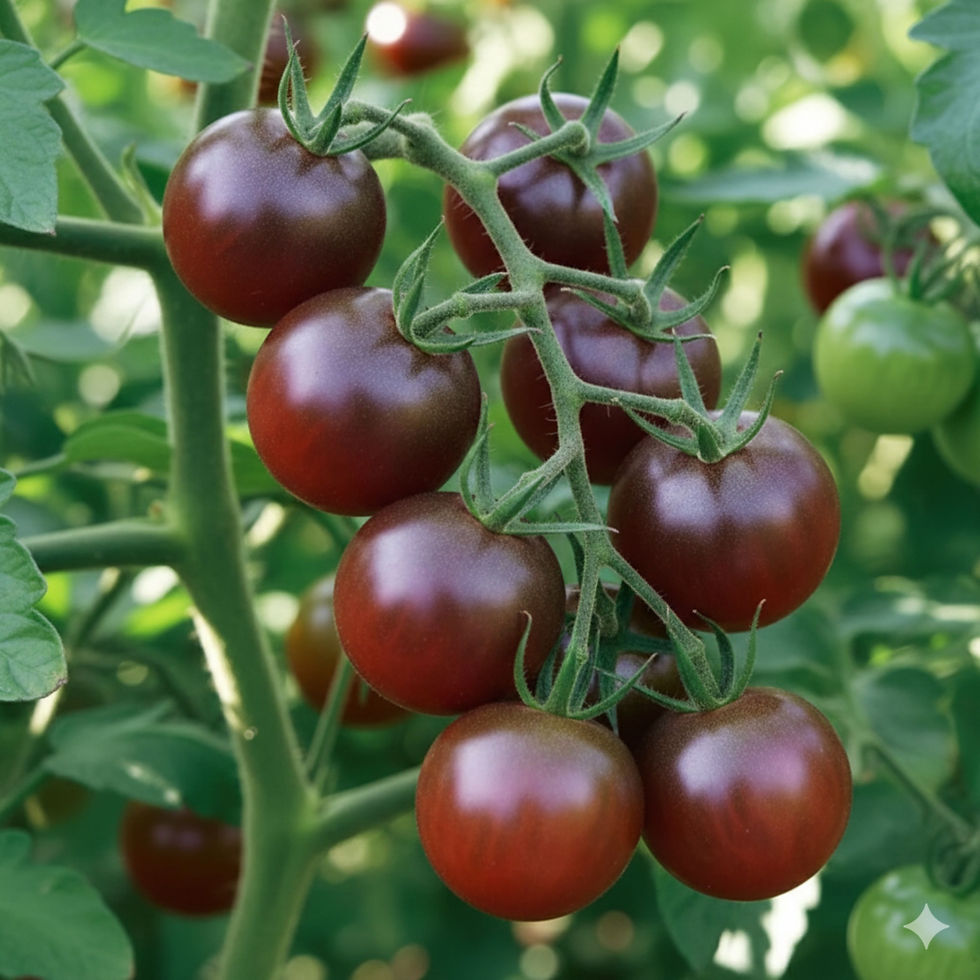Sweet Million F1 Tomato seeds
The Sweet Million F1 tomato is one of my favorites! This tomato variety is one of the most prolific, generous, and easy to grow varieties. The Sweet Million is an indeterminate variety that produces so many tomatoes, it almost falls onto itself. We grew these in containers the first year and every year we bumped it, tomatoes would fall so we called it the "pinata" tomato since it was so generous.
Sweet Million will grow from 4-6 feet and will grow numerous tight, compact, full clusters of tomatoes. Sweet million is also extremely early to produce, quicker than many other varieties.
These tomatoes are sweet and almost candy-like, perfect for garden snacking.. This variety is also crack resistant and resistant to fusarium wilt, and tomato mosaic virus.
Seed count: 20
Lycopersicon esculentum





























